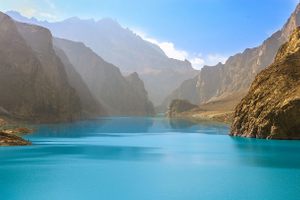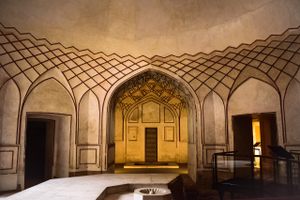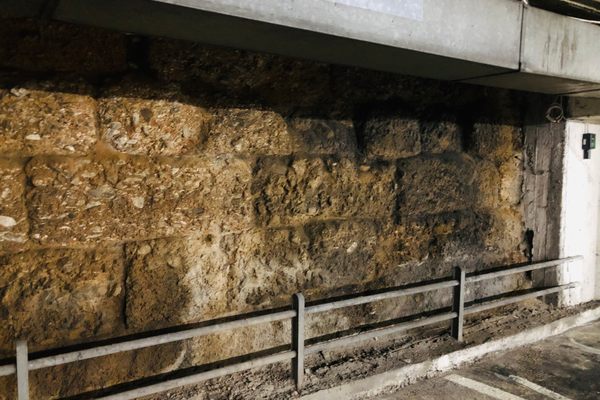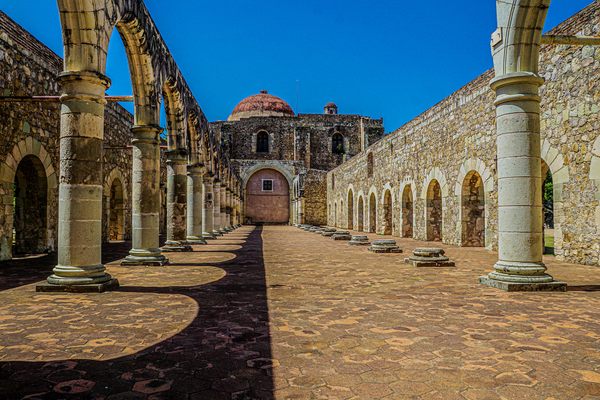About
In more simple times, an awesome house was really the only thing needed for both the defense and definition of one's empire. That may seem like a quaint notion today, but the grand and enduring structures that resulted are anything but.
In the Hunza Valley of northern Pakistan, perched high upon a hilltop overlooking the villages of the valley, Baltit Fort is the perfect example of this melding of defense and definition, and its notably Tibetan architecture makes it as curious as it is stunning. Still standing tall and imposing after more than 700 years, this 14th-century fortress is a reminder of the lay of the land in northern Pakistan, both literally and figuratively, centuries ago.
In the literal sense, Baltit Fort provides a sweeping vista of the valley below, exemplifying its strategic importance for both defense and empire management. More figuratively, the fortress is a relic of the feudal Hunza state, one of several rival states in northern Pakistan at the time of its construction. Its imposing beauty was a largely symbolic message to surrounding states that the Hunza were an advanced, powerful and intelligent people.
Its curious architectural roots demonstrate this symbolism to this day. As years wore on, the original structure of the fortress became more ornate as successive rulers added to and changed its appearance. In the 15th century, the Mir of Hunza at the time married a princess from Baltistan, a state closely related to Tibet, which essentially resulted in a merging of the two states culture. Architecture was no exception, and many Tibetan-style buildings appeared in Hunza valley, with a newly renovated Baltit Fort being the most prominent and enduring example.
As the Hunza state advanced, moved and to some extent fell by the wayside along the march of time, the fortress fell into disrepair, teetering on the brink of ruin by the mid-20th century. At that point, the Royal Geographical Society of London and the UNESCO World Heritage foundation took notice, working with modern-day Hunza leaders to restore and preserve the fortress, turning it into a museum and cultural destination. This ensures that, for now, the beautiful and curious Baltit Fort won't be lost to history.
Related Tags
Pakistan Uncovered: Modern Culture & Ancient Civilizations
Markets, street food, and desert panoramas in Pakistan.
Book NowPublished
May 20, 2012























































